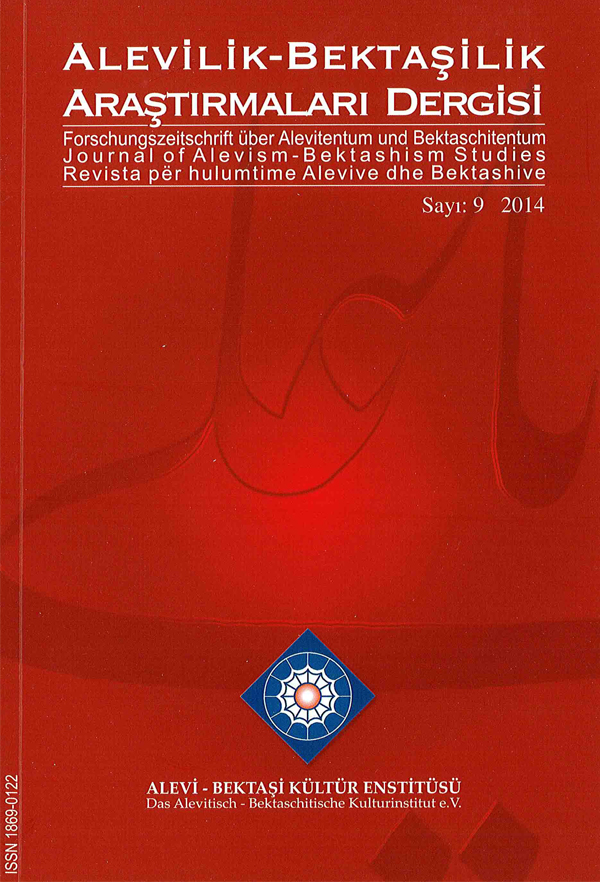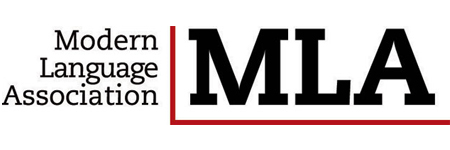Password Our Common Cultural Values
DOI:
https://doi.org/10.24082/abked.2014.09.005Keywords:
Islam of Alevis, Islam of Arabians, Culture and Persian literature, Anatolian Islam internalized in Turkman customsAbstract
Alevi-Islam faith comes to Anatolia from Khorasan via the immigration of the Turks. It is the synthesis based on Sufism philosophy interpreted with Qur'an and the cultures of Anatolia and Khorasan. It is known that they have maintained their rituals based on the love of ahl al-bayt and the reflection of Qur'an understanding into society by believing and having faith in cem houses at the present time manifestly for 1400 years. Turkmens adapted Islam into their faith-culture that they transmitted from father to son while most of them became migrants. While dedes were performing their worship related to dervish order, they prevented the society from assimilation. Dedes fell behind the people coming to the cities in terms of the accumulation of oral culture. Because of this, the intellectuals had a lot of works to do. Because of the grouping in cities, increase in communication media and change in worldview, the applications in cems did not satisfy our educated youth. Opening cem houses in every district was not sufficient. In order to turn them into a religion and culture center, they were supposed to be improved. The number of exploiters increased. The faith of Islam, which was adapted into traditional culture values that the society had decreased. Alevi Turkmens were a closed society, intermarried in villages and cities, performed their cem rituals in private because of the pressure, hid their identities when they were asked by Sunnis and as a result of the differences arose out of the effects of village and city life they were settled in the suburbs of metropolitans in a village manner. Most of them hid their identities and were open to assimilation by narrating because of the effects of city culture and neighborhood pressure.
Downloads
Downloads
Published
How to Cite
Issue
Section
License
Copyright (c) 2014 Journal of Alevism-Bektashism Studies

This work is licensed under a Creative Commons Attribution-NonCommercial-NoDerivatives 4.0 International License.








